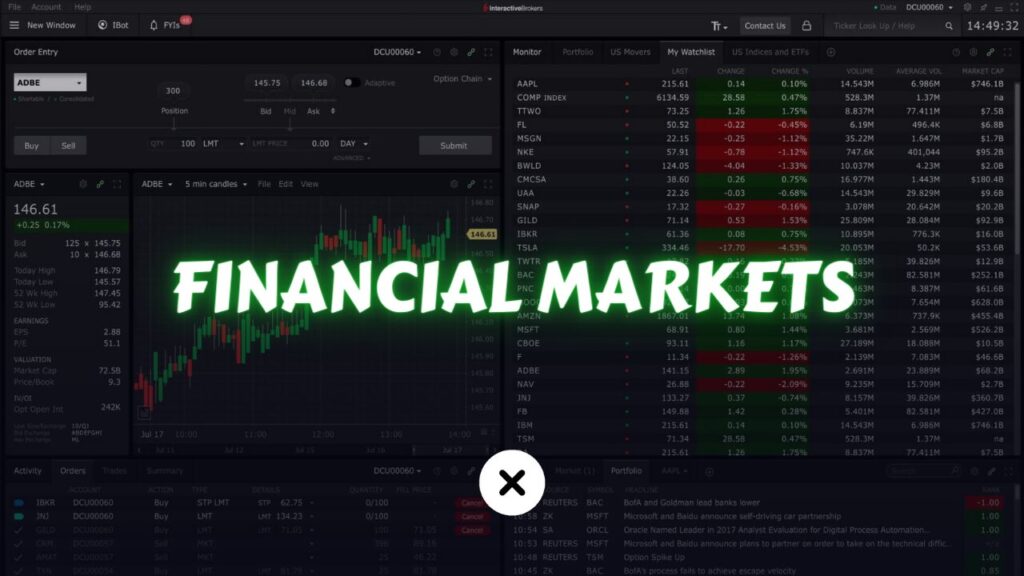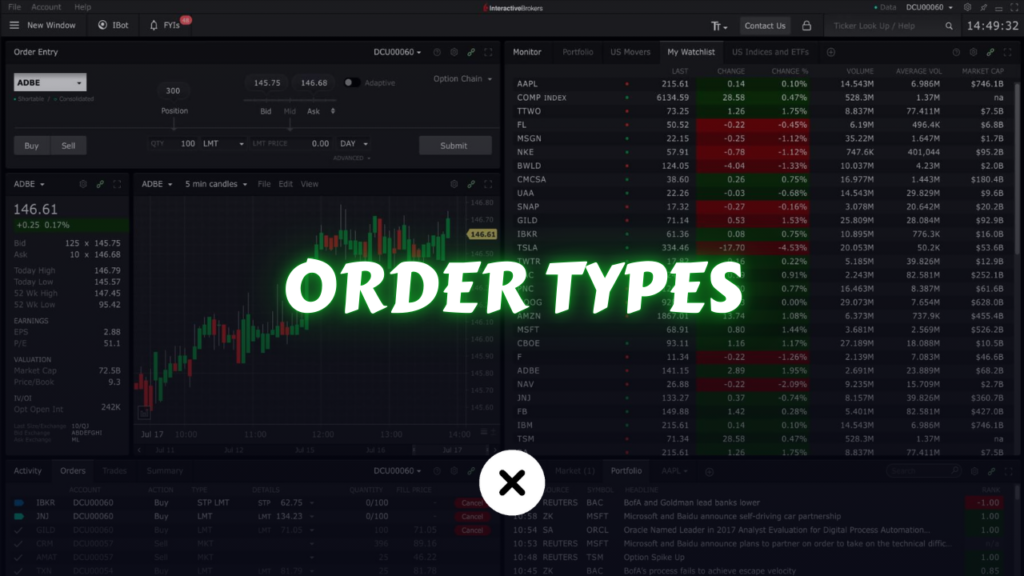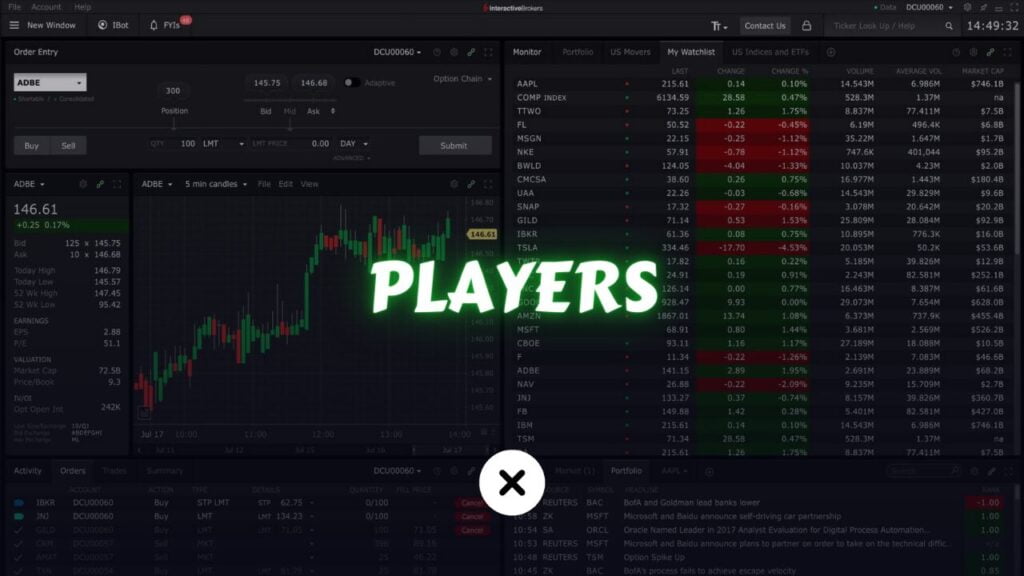Options trading is an exciting yet complex arena within financial markets, offering traders significant opportunities for profit. However, the complexity of options also exposes traders to various pitfalls. Understanding these common mistakes and learning how to avoid them is crucial for long-term success.
This article delves deep into Common Mistakes in Options Trading, providing detailed explanations and practical solutions. Whether you’re a beginner or an experienced trader, these insights will help refine your trading approach.
Common Mistakes in Options Trading

1. Lack of Understanding of Options Fundamentals
A solid foundation in options trading concepts is essential. Many traders enter the market without understanding critical elements like how options pricing works, the Greeks, and the differences between calls and puts. This can lead to misinterpretations of market behavior and misguided decisions.
To avoid this, focus on building your knowledge base:
- Study the mechanics of options, including intrinsic and extrinsic value, strike prices, expiration dates, and how volatility impacts pricing.
- Learn the Greeks—Delta, Gamma, Theta, Vega, and Rho. For example, Delta measures how much an option’s price changes with a $1 move in the underlying asset, helping you predict potential outcomes.
2. Neglecting Risk Management
Effective risk management is the cornerstone of successful trading. Without clear rules for position sizing, stop-loss orders, and overall capital allocation, losses can quickly escalate.
Here’s how to manage risk effectively:
- Limit your risk per trade to 1-2% of your total capital.
- Use stop-loss orders to minimize losses on individual trades.
- Diversify across multiple assets or strategies to reduce exposure to any single trade. For instance, if you have a $10,000 account, risking $100–$200 per trade ensures manageable losses while preserving capital for future opportunities.
3. Misjudging Implied Volatility
Implied volatility (IV) significantly impacts options pricing and should always be considered. High IV often inflates option premiums, while low IV can indicate limited potential for price movement.
To leverage IV effectively:
- Analyze IV rank, which shows whether current volatility is high or low compared to historical levels.
- Consider selling options during periods of high IV for greater premiums and buying options during low IV for cost-effectiveness. For example, if IV is at the top of its historical range, selling options might be a better strategy to capitalize on inflated premiums.
4. Failing to Exit Trades at the Right Time
Holding options until expiration in hopes of last-minute market moves often leads to losses. Time decay accelerates as expiration approaches, particularly for out-of-the-money options.
A better approach is to:
- Define profit targets and exit trades once they’re achieved, avoiding unnecessary exposure.
- Monitor time decay and close trades early if the underlying asset no longer supports your thesis. For example, if your call option has doubled in value due to favorable market movement, exiting the trade locks in profits rather than risking a reversal.
5. Over-Reliance on Short-Term Options
Short-term options, such as weekly contracts, appeal to traders for their lower premiums and fast-paced nature. However, they require constant monitoring and carry high risks due to limited time for the trade to play out.
Incorporate longer-term strategies to balance your portfolio:
- Consider using LEAPS (Long-Term Equity Anticipation Securities) to take advantage of broader trends with less time sensitivity.
- Blend short-term and long-term trades to reduce stress and improve consistency. For instance, if you anticipate a stock’s growth over the next year, LEAPS provide exposure without the urgency of weekly options.
6. Overtrading
Frequent trading, driven by the excitement of opportunities, often increases transaction costs and dilutes overall returns. Overtrading also amplifies the emotional strain on traders.
To maintain discipline:
- Set daily or weekly trade limits to avoid impulsive decisions.
- Stick to a trading plan that outlines specific entry and exit criteria. For example, commit to a maximum of five trades per day, focusing only on high-probability setups that align with your strategy.
7. Poor Evaluation of Market Conditions
Options prices and strategies are influenced by broader market factors such as earnings reports, economic data, and geopolitical events. Ignoring these conditions can result in trades that are misaligned with the market.
Stay informed and analyze market conditions effectively:
- Combine technical and fundamental analysis to gauge potential price movements.
- Use an economic calendar to track events like earnings reports, Federal Reserve announcements, and macroeconomic data releases. For instance, if a company is set to release earnings, anticipate increased volatility and adjust your strategy accordingly.
8. Using Advanced Strategies Prematurely
Complex options strategies, such as iron condors and butterfly spreads, offer intriguing possibilities but require in-depth understanding. Jumping into advanced trades without experience can lead to losses due to their nuanced nature.
Start with simple strategies and build confidence:
- Begin with straightforward approaches like buying calls and puts or selling covered calls.
- Test complex strategies in a simulated trading environment to refine your understanding without financial risk. For example, practice iron condors in a paper trading account to understand how different market conditions affect your position.
9. Ignoring the Impact of Transaction Costs
Options trading often involves higher transaction costs compared to stocks, especially for multi-leg strategies. These costs can significantly erode potential profits if not accounted for.
Choose cost-effective solutions:
- Select a broker with competitive fees tailored for active options traders.
- Factor in transaction costs when calculating your risk-to-reward ratio. For instance, if your trade’s potential profit is $100 but transaction costs total $50, the trade may not be worthwhile.
10. Emotional Trading
Trading decisions driven by emotions, such as fear or greed, often lead to suboptimal outcomes. Emotional trading might cause you to hold losing positions too long or exit winners prematurely.
Adopt strategies to minimize emotional influence:
- Follow a predefined trading plan with clear entry and exit criteria.
- Use automated tools like stop-loss orders and profit targets to enforce discipline. For example, if your profit target is 20%, setting a sell order at that level removes the temptation to chase higher gains or panic sell.
11. Failure to Adapt to Changing Market Conditions
Markets are dynamic, and a strategy that works well in one environment might fail in another. Traders often struggle to adjust when volatility spikes or trends reverse.
Maintain flexibility by:
- Regularly reviewing and refining your strategies based on recent market behavior.
- Diversifying your approach to account for varying market conditions. For example, switch from aggressive strategies during volatile periods to more conservative ones when markets stabilize.
Conclusion
Options trading can be highly rewarding, but it requires discipline, knowledge, and careful planning. By avoiding these common mistakes and implementing the solutions outlined above, traders can enhance their chances of long-term success. Focus on continuous learning, adapt to market changes, and maintain a well-structured trading plan to navigate the complexities of options trading effectively.
By mastering these principles, you’ll be better equipped to turn the challenges of options trading into opportunities for growth and profit.




